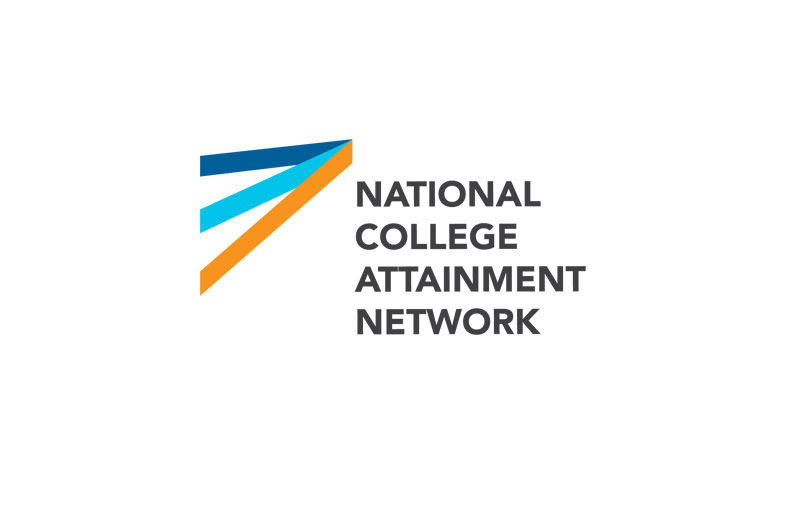WASHINGTON, D.C. (October 25, 2022) — The National College Attainment Network (NCAN), a nonprofit working to close equity gaps in postsecondary attainment for all students, today released a new state-by-state analysis that examines the affordability of public postsecondary institutions. According to NCAN’s analysis of most recent tuition, loans, and wage data from the U.S. Department of Education and U.S. Department of Labor, students from low-income backgrounds are experiencing a shrinking pool of affordable public postsecondary options.
The report —“The Growing Gap: Public Higher Education’s Declining Affordability for Pell Grant Recipients” — finds that for students receiving an average-sized Pell Grant, only 40% of public community colleges and less than one-quarter (24%) of public four-year institutions were affordable in 2019-20 (the most recent fiscal year with complete results from the U.S. Department of Education). Nationally, the average “affordability gap” — the amount of unmet financial need — was $907 at community colleges and $2,627 at four-year institutions.
“Too many students and their families worry, justifiably so, about how to afford postsecondary education. And for students to earn the postsecondary credentials they need for the jobs of the future, they have to be able to afford it.” said Kim Cook, CEO of NCAN. “These findings reflect a sad state of college affordability, even before the COVID-19 pandemic, and should sound the alarm across the country.”
This report builds on NCAN’s affordability model, debuted in 2018, which proposes that a public institution’s total price, plus $300 for emergency expenses, should not exceed the sum of financial aid, family contributions, and student wages.
Among this year’s findings:
- California, Georgia, Texas, and Washington State had the highest number of affordable institutions.
- In 44 states, students receiving Pell Grants at public four-year institutions faced an average of $3,212 in unmet financial need (AY 2019-20).
- 21 states saw a decline in affordable institutions between 2015-16 and 2019-20.
- Four states had no affordable institutions in any of the years examined: Hawaii, New Hampshire, Rhode Island. and Utah.
- Community colleges in 12 states had at least one academic year where one or none of its community colleges were affordable.
“Financial concerns play an outsized role in locking many students out of college, particularly for students of color, those from historically underinvested communities and first-generation college students. To deliver on the promise for more students, we must take steps immediately to make college affordable,” said Steve Colón, CEO of Bottom Line and Chair of NCAN’s Board of Directors. “To start, Congress must strengthen the Pell Grant program, which has seen a dramatic fall in purchasing power, and state policymakers need to take their investments in higher education seriously — many states still spend less on higher ed today than they did in 2008.”
See NCAN’s report in full here, an interactive data dashboard here (to view trends at the state and institutional levels), and individual state data one-pagers here.
About the National College Attainment Network
NCAN’s mission is to build, strengthen and empower education communities and stakeholders to close equity gaps in postsecondary attainment for all students. NCAN believes that all students should have an equitable opportunity to achieve social and economic mobility through higher education.
